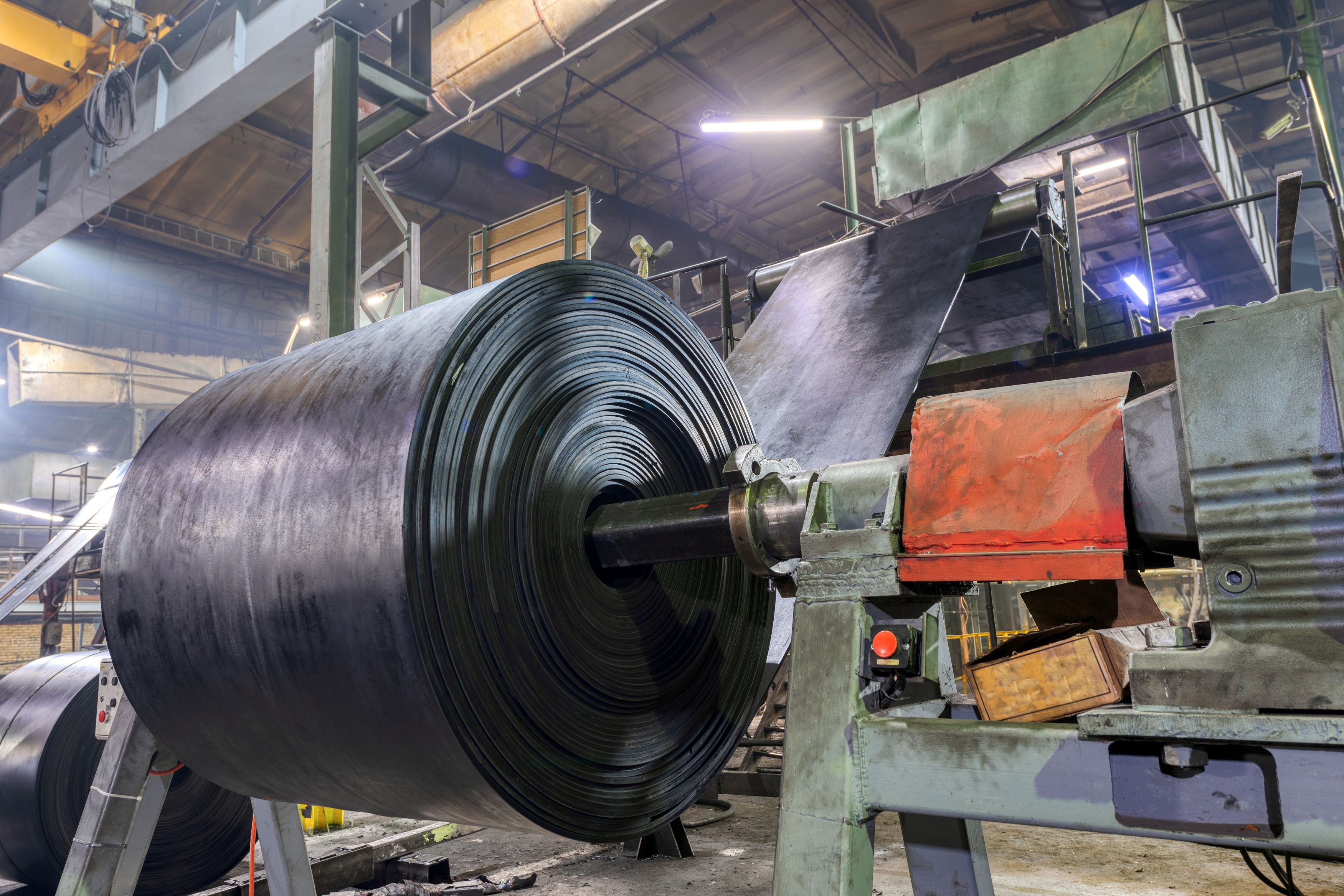
The IOE&IT Daily Update’s series looking at global commodities continues, as we now focus on an ancient Latin American product that is now produced across the world: rubber.
Rubber is first thought to have been used by Mesoamerican people to produce balls for games before the Aztecs started using it to waterproof clothes and to create containers for storage.
Its use was greatly increased when Charles Goodyear developed the vulcanisation process that made rubber more stable and able to be used in many more ways.
Originally all latex came from South America, but in the nineteenth century plantations sprung up around the world.
Since then, other countries have become major exporters of latex, which is widely used in the creation of more than 40,000 goods. These include medical devices, surgical gloves, condoms, tyres, clothes, toys and sealing products.
Major producers
In 2021 the major producers of rubber (million metric tonnes) were:
Thailand 4,836
Indonesia 3,045
Vietnam 1,260
Ivory Coast 965
China 851
Despite the rubber tree being native to South America, 90% of rubber comes from Asia with Thailand responsible for 35% of production.
Brazil, one of the countries from which the rubber plant originated, is no longer a major producer due to disease ravaging the plant. The culprit, South American Leaf Blight, is still active but only in Latin America.
One academic paper described all efforts to combat the blight since 1910 as ending in “miserable failure”.
Exports
China consumed 5.7m metric tonnes of natural rubber in 2021, accounting for more than 40% of global consumption that year.
Rubber global export share 2021:
Thailand 32.7%
Indonesia 23.8%
Ivory Coast 10.6%
Vietnam 7.1%
Malaysia 6.5%
Imports
International purchases of imported natural rubber were worth a total $17.9bn in 2021.
The 5 biggest importers of natural rubber are:
China $3.9bn (21.6% of imports)
US $2.1bn (11.8%)
Malaysia $1.8bn (9.9%)
Japan $1.3bn (7.4%)
India $973m (5.4%)
EU directive
Rubber production could be affected by EU reforms aimed at cutting the risk of deforestation, meaning traders of commodities – including rubber – have to comply with tougher due diligence requirements or face heavy fines.
Mandatory rules adopted by the Council of the EU in May mean that commodities produced after the cut-off date of 31 December 2020 must be “deforestation-free”.
Traders will be required to trace commodities back to the plot of land where they were produced and assess whether there was any potential exposure to forest destruction.
In Malaysia, Reuters reports that palm oil and rubber smallholders have filed a petition to the EU to protest against the new laws, which they claim will prevent small farmers from accessing the European market.
Price fall
In Cambodia, which saw its rubber exports grow by 2.6% in the first five months of 2023, prices have slumped by 14%, according to the Phnom Penh Post.
General Directorate of Rubber (GDR) head Him Aun said the drop in rubber export value was due to declines in the commodity’s prices across the world, amid dwindling demand driven by weak global economic growth brought on by the war in Ukraine and China-US geopolitical tensions.
However, he predicted that the arrival of more tyre factories to Cambodia would result in higher local demand for home-grown rubber, fuel competition between domestic and international markets, and increase prices for the commodity.
Rubber futures have fallen in the past three months amid fears of China’s sluggish economic recovery.
Demand for rubber also fell during the pandemic as car production declined, though it later bounced back as auto sales started to return to pre-pandemic levels.
Rubber shortage
According to the BBC, the world is now facing a rubber shortage due to a combination of disease, climate change and plunging global prices.
Around 85% of global supply of natural rubber is produced by fragmented smallholders working on small plots of land in tropical forests.
Many are switching to palm oil production, as rubber production is becoming increasingly tough.
Synthetic rubber can be produced from petrochemicals, but natural rubber has unique properties which these synthetics can’t match.
However, synthetics are becoming more popular amongst manufacturers, as they can be produced across the world and therefore have more straightforward and less risky supply chains. They can also be customised to outperform natural rubber.



